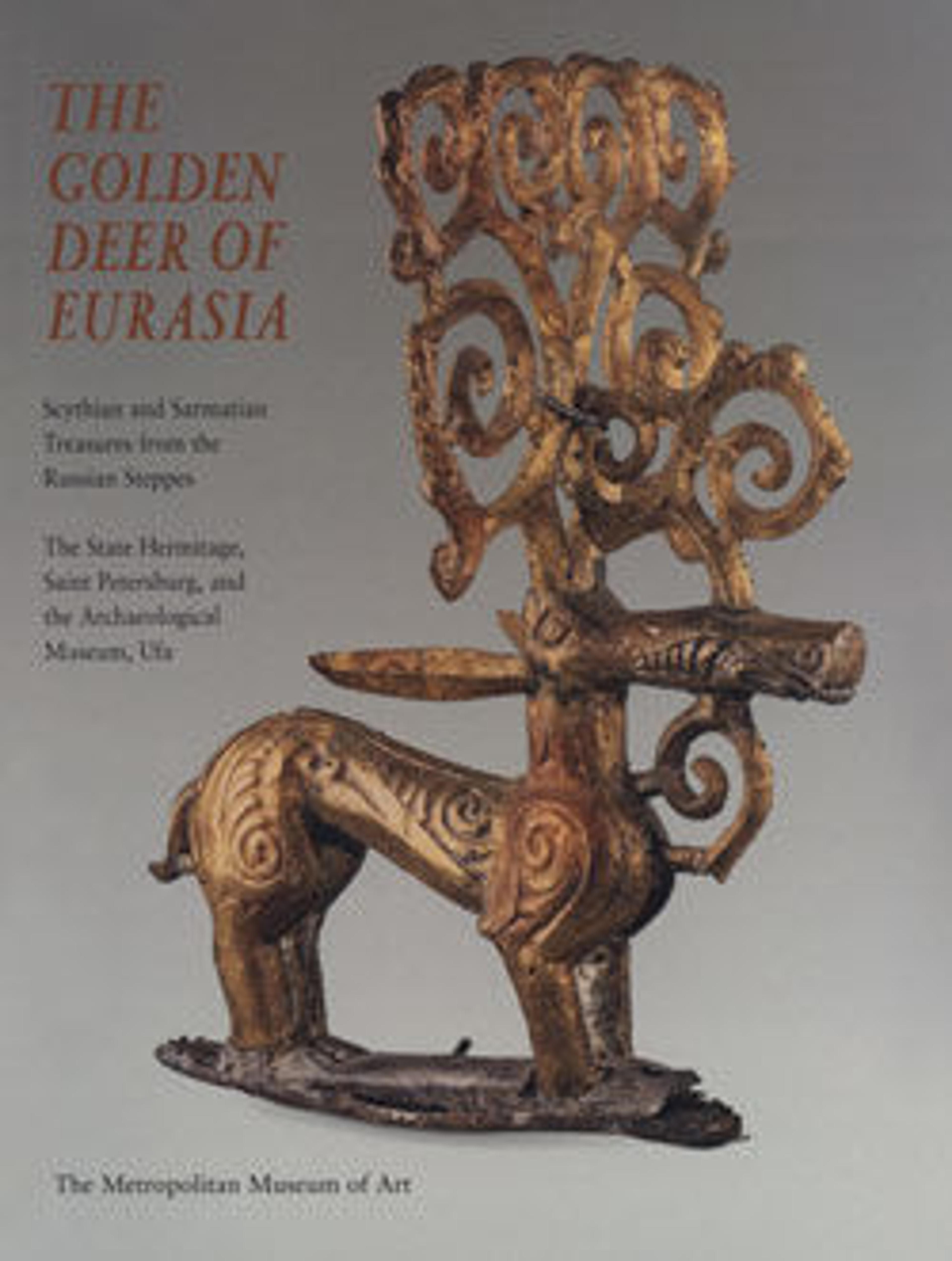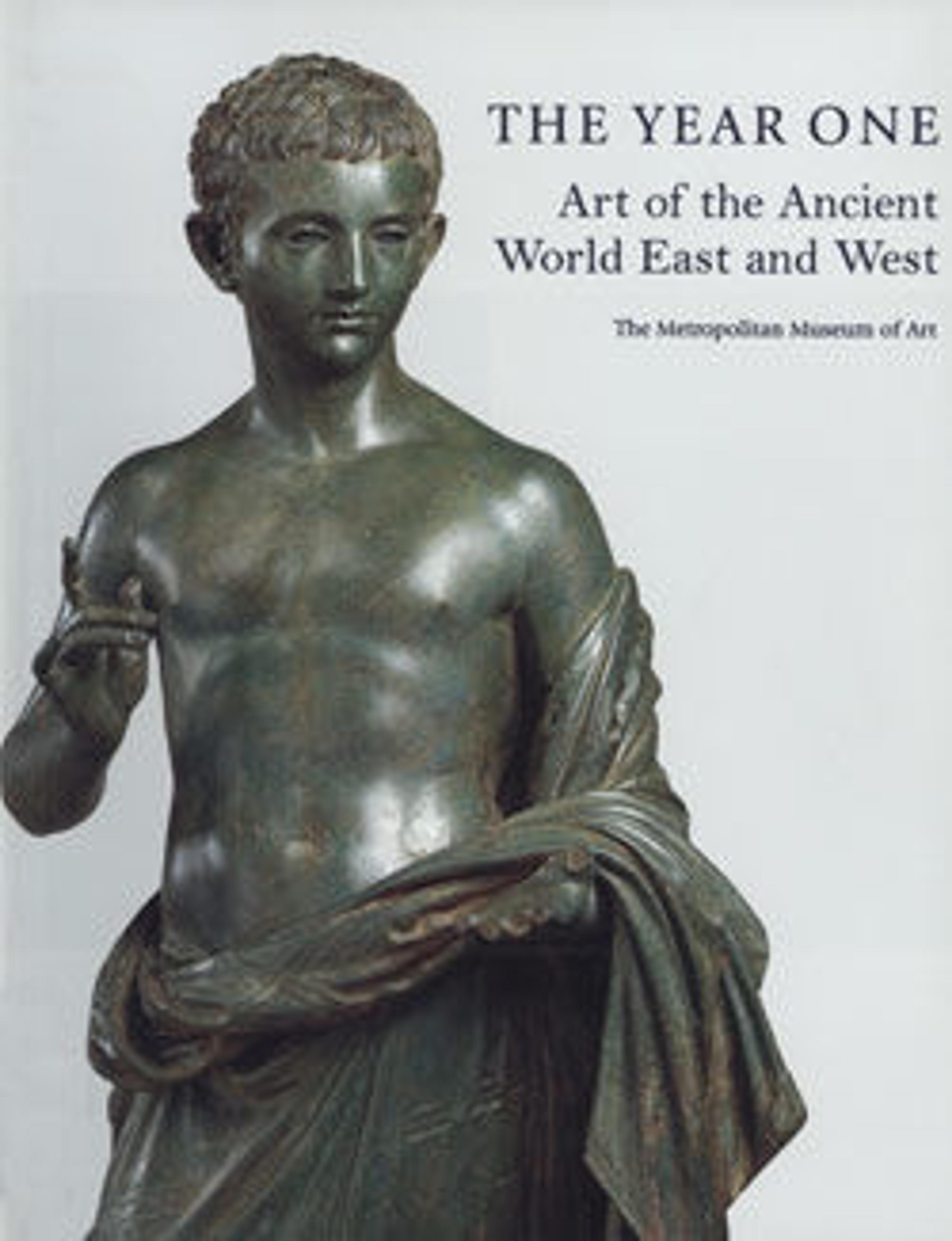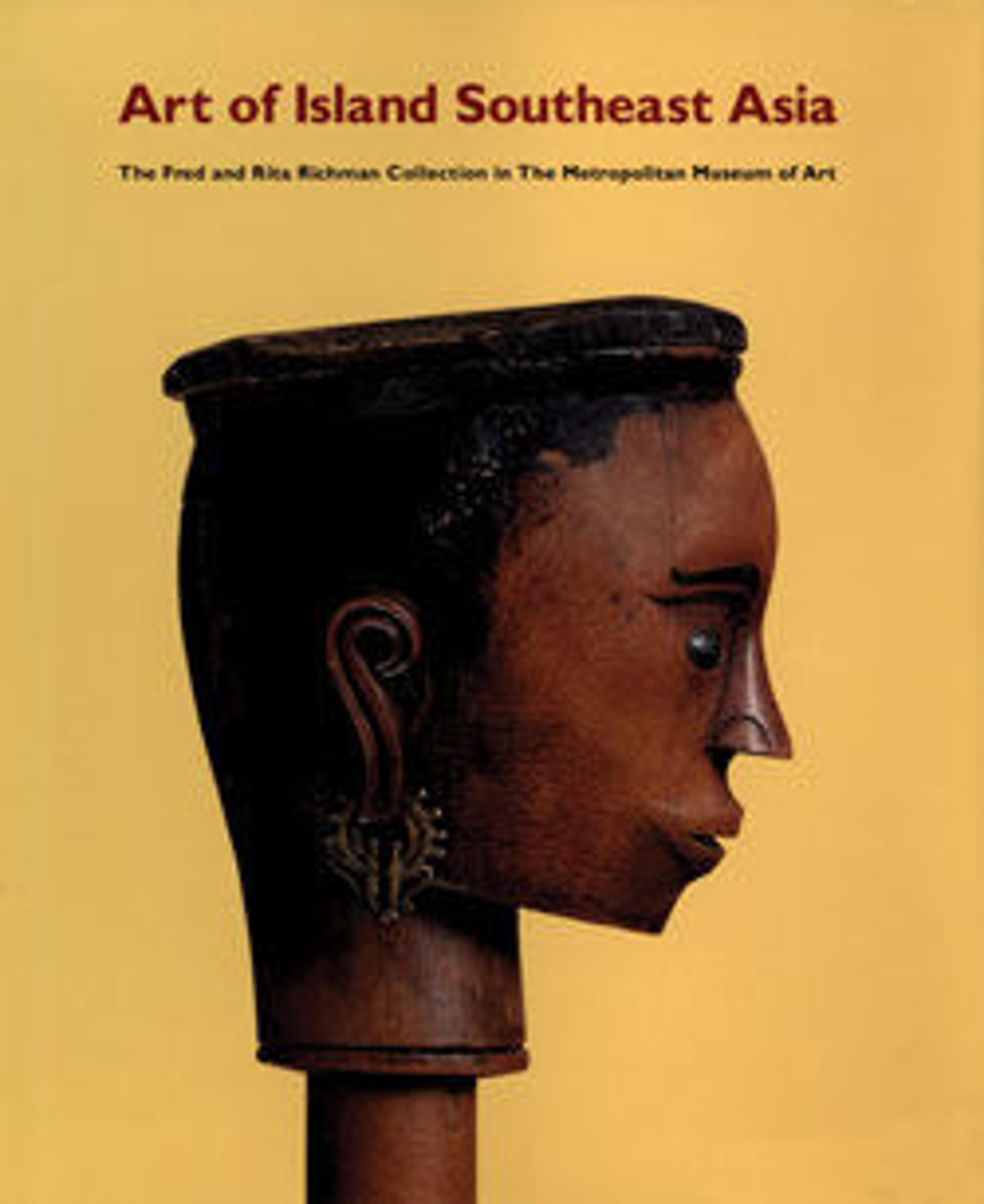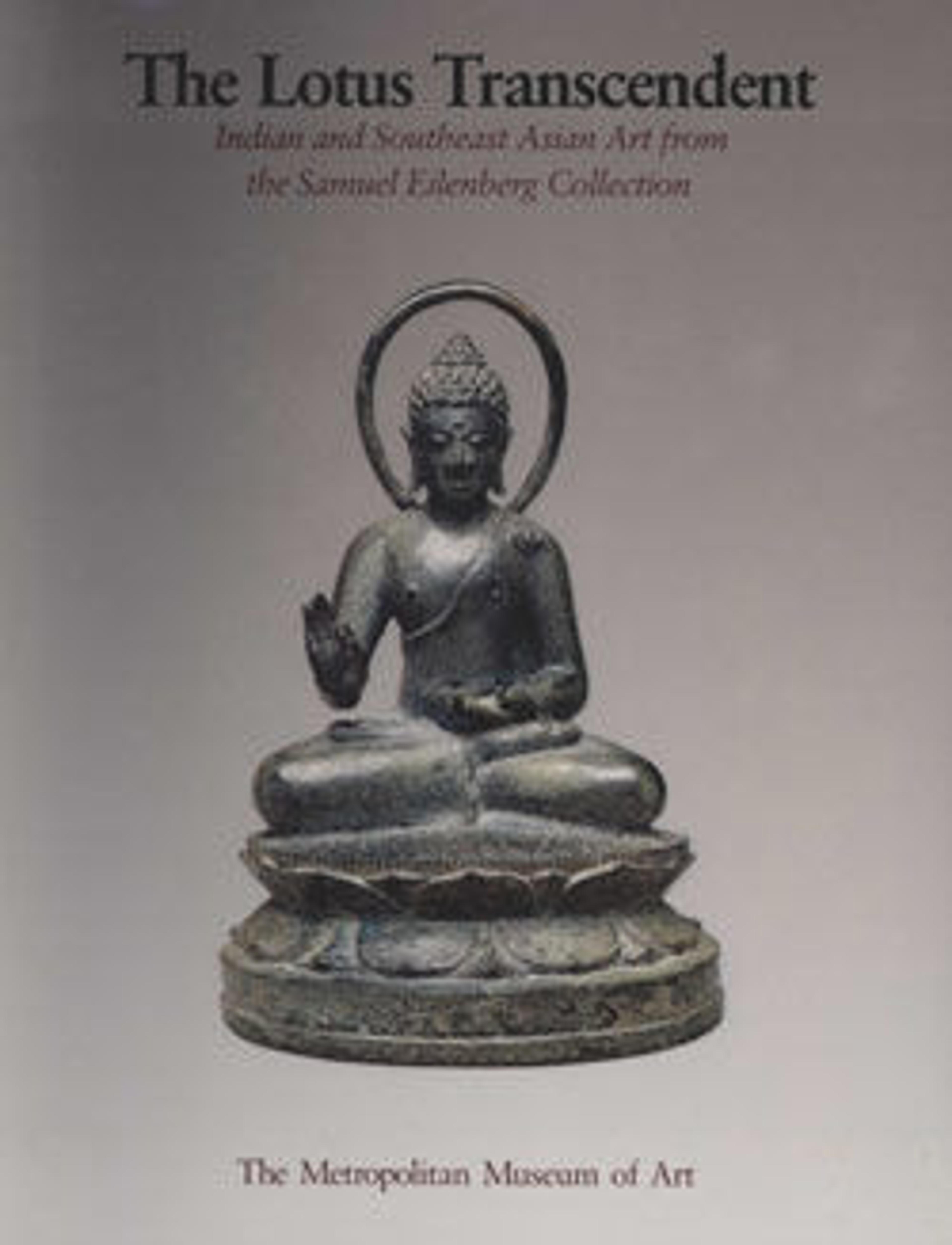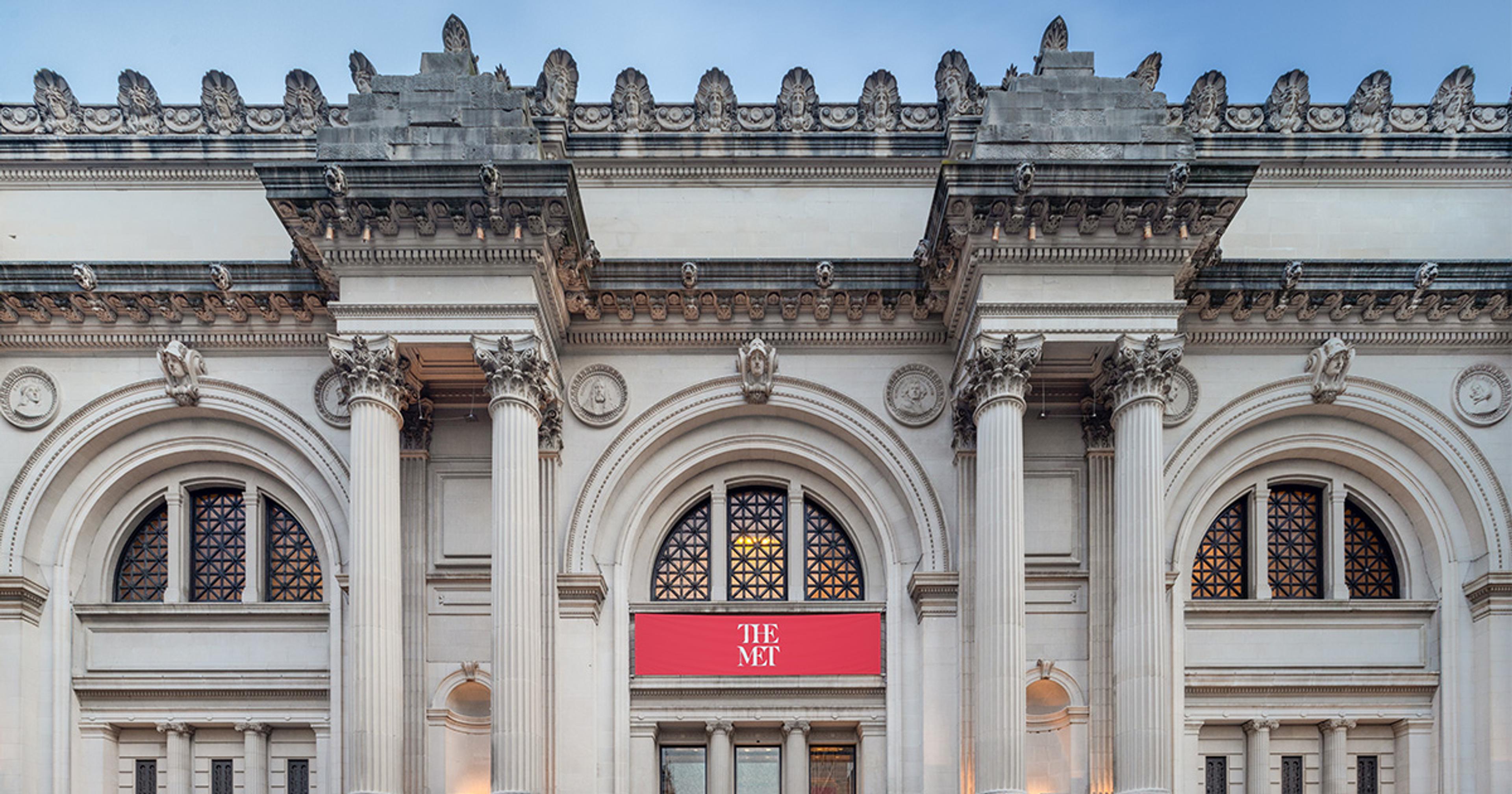
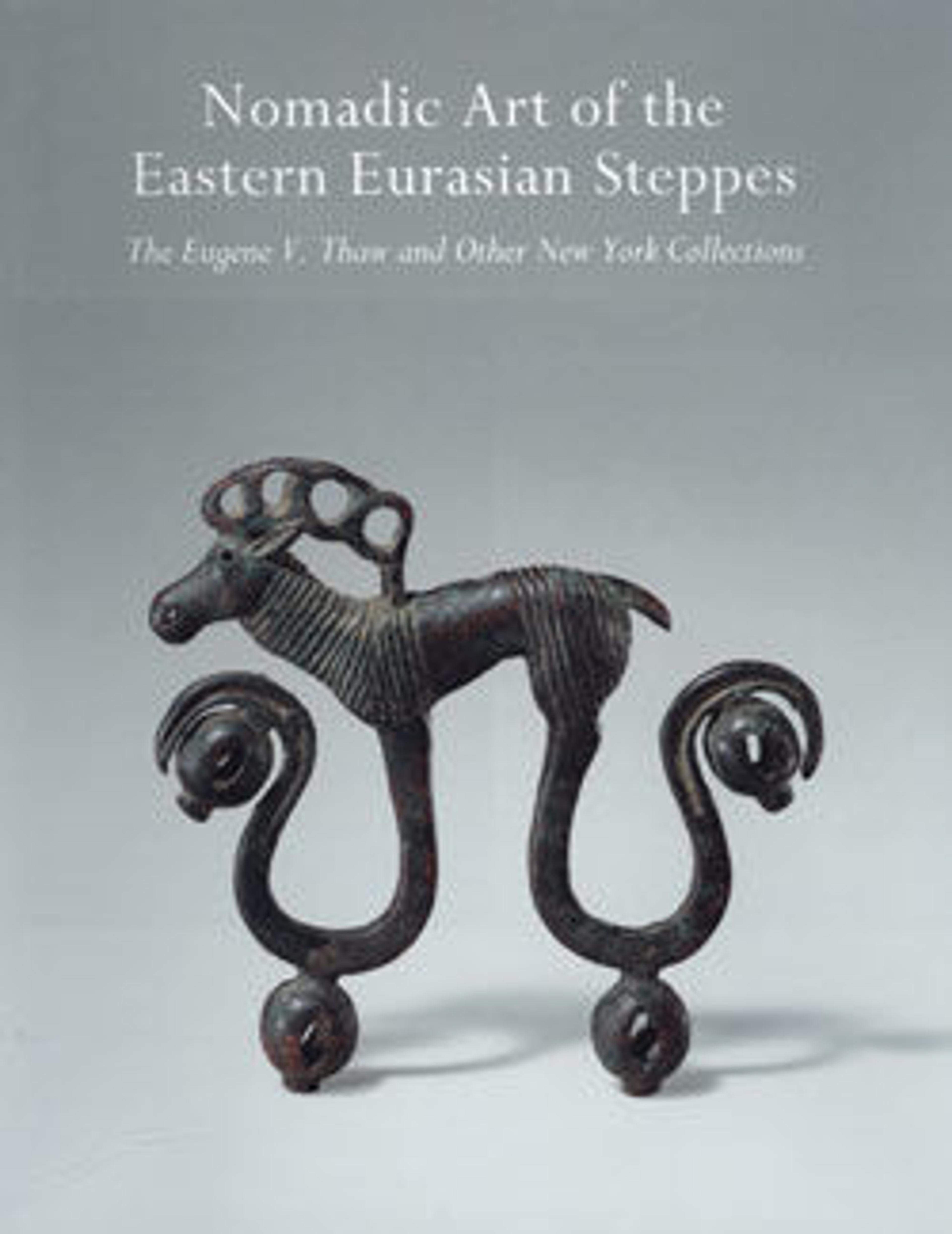
Nomadic Art of the Eastern Eurasian Steppes: The Eugene V. Thaw and Other Notable New York Collections
Four thousand years ago a remarkable culture, that of the pastoral nomads, emerged in the Eurasian steppes north of the Great Wall of China, in the vast expanse of grasslands that stretches from Siberia into Central Europe. By the first millennium B.C., material prosperity among the nomads had brought about a flowering of creativity and the evolution of a new artistic vocabulary.
The pastoral peoples left no written record, but the artifacts that remain provide a key to understanding their culture and beliefs. Beautifully crafted and highly sophisticated and abstract in design, these objects are visual representations of the natural and supernatural worlds that guided their lives.
An equestrian people, the nomads produced many objects associated with horses and the paraphernalia of riding. These were embellished primarily with animal motifs. The figures that populate these small objects—ibex and hedgehogs, deer and camels, griffins and dragons—at time exhibit violence and aggression, at times an appealing charm, but always spirit and vitality. This "animal style" would remain a significant source of inspiration in the decorative arts of the Eurasian continent for centuries to come.
The artistic exchange between the pastoral peoples and their settled Chinese neighbors through trade, migration, marriage alliances, and warfare contributed to the cultural development of both groups. This book chronicles that exchange and tells of the legacy of their art, with iconographic analyses and detailed descriptions of nearly two hundred artifacts.
The objects, a recent gift to The Metropolitan Museum of Art, are drawn from the distinguished collection of Eugene V. Thaw, with additional works selected from other New York collections and from the holdings of the Metropolitan Museum.
Met Art in Publication
You May Also Like
Press the down key to skip to the last item.
Citation
Bunker, Emma C., James C. Y. Watt, and Zhixin Sun. 2002. Nomadic Art of the Eastern Eurasian Steppes: The Eugene V. Thaw and Other New York Collections. New York : New Haven, Conn: Metropolitan Museum of Art ; Yale University Press.
